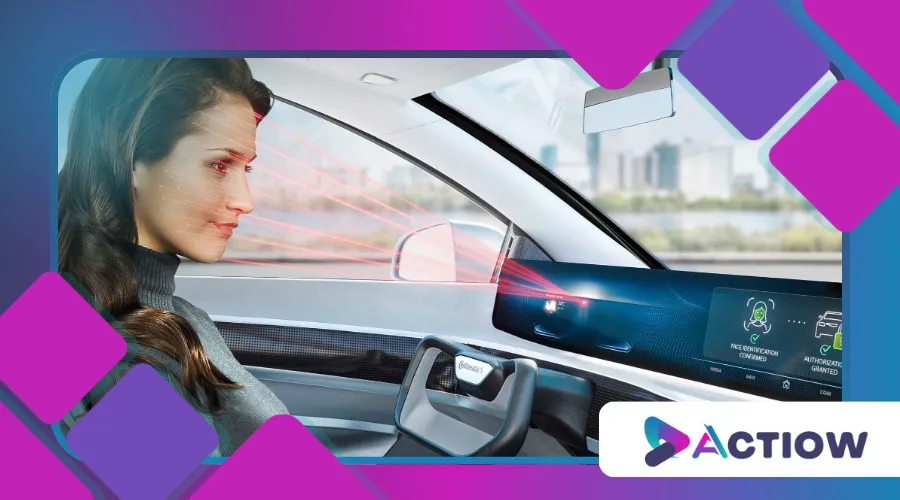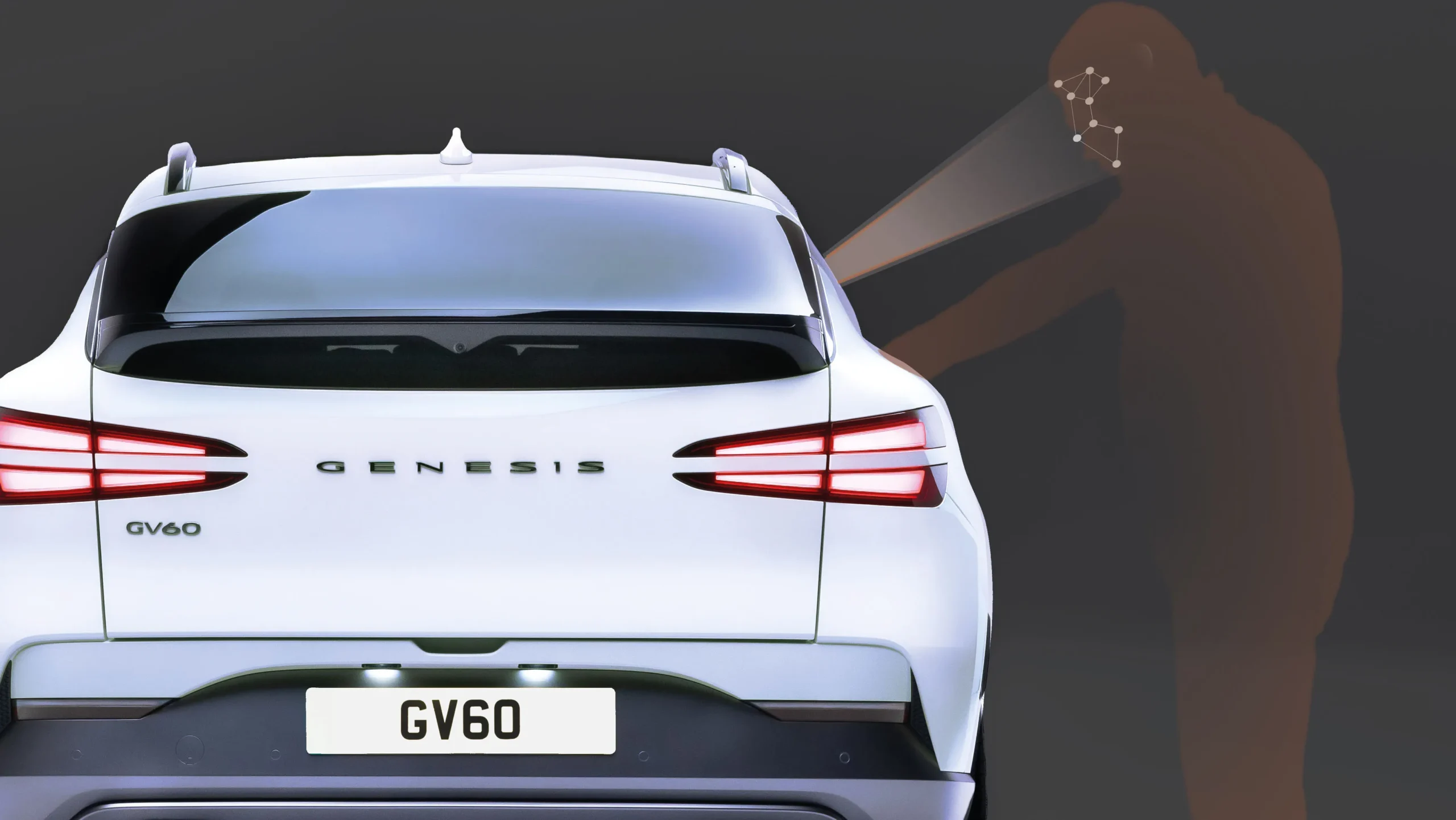Cars with Facial Recognition: Technology at the Service of Safety

Anúncios
The automotive industry is undergoing a seismic shift, and cars with facial recognition are at the forefront of this transformation.
This cutting-edge technology is no longer confined to sci-fi movies or high-end smartphones; it’s now a reality in modern vehicles, redefining safety, convenience, and personalization.
By integrating advanced biometric systems, automakers are creating vehicles that not only recognize their drivers but also adapt to their preferences and enhance security.
Anúncios
But how does this technology work, and what does it mean for the future of driving?
Let’s dive in.
As consumer awareness grows, so does the demand for these advanced features.
Automakers are investing heavily in research and development to integrate facial recognition into their vehicles, aiming to create safer and more user-friendly driving experiences.
The Rise of Biometric Technology in Vehicles
Facial recognition in cars is part of a broader trend toward biometric integration in the automotive sector.
From fingerprint scanners to voice recognition, vehicles are becoming more intuitive and user-centric.
However, cars with facial recognition stand out because they offer a seamless and contactless experience.
Imagine approaching your car, and it instantly recognizes you, adjusts the seat, mirrors, and climate control to your preferences, and even plays your favorite playlist—all before you step inside.
This technology relies on sophisticated cameras and sensors embedded in the vehicle’s dashboard or rearview mirror.
These systems use artificial intelligence (AI) to analyze facial features, such as the distance between the eyes, the shape of the jawline, and other unique identifiers.
The data is then cross-referenced with pre-stored profiles to authenticate the driver or passenger.
As this technology matures, we can also expect it to be integrated with other smart features in vehicles, such as voice commands and navigation systems.
This holistic approach will not only enhance user experience but also streamline interactions between drivers and their vehicles, making driving more enjoyable.
+ Self-Driving Cars: Has the Future of Mobility Arrived?
Enhancing Safety Through Facial Recognition
Safety is the cornerstone of automotive innovation, and cars with facial recognition are taking it to the next level.
One of the most significant applications is driver monitoring.
According to a study by the National Highway Traffic Safety Administration (NHTSA), distracted driving contributes to nearly 10% of all fatal crashes in the U.S. annually.
Facial recognition systems can detect signs of fatigue, distraction, or impairment, alerting the driver or even taking corrective actions, such as slowing down the vehicle.
For instance, if the system detects that the driver’s eyes are closed for an extended period, it can trigger an alarm or vibrate the steering wheel.
Some advanced systems can even pull the car over safely if the driver is unresponsive.
This proactive approach to safety has the potential to save countless lives on the road.
Moreover, the integration of facial recognition with other safety technologies, such as collision avoidance systems, can create a comprehensive safety net for drivers.
By combining these technologies, vehicles can respond more effectively to potential hazards, further reducing the risk of accidents.
Personalization: A New Era of Driving Experience
Beyond safety, cars with facial recognition are revolutionizing the driving experience through unparalleled personalization.
Modern vehicles are no longer just modes of transportation; they are extensions of our digital lives.
With facial recognition, your car can instantly load your preferred settings, from seat position to ambient lighting, creating a tailored environment for every journey.
This level of customization extends to infotainment systems as well.
Imagine your car recognizing you and automatically syncing your smartphone, displaying your calendar, and suggesting the fastest route to your next meeting.
It’s not just about convenience—it’s about creating a seamless connection between you and your vehicle.
Furthermore, as these systems become more advanced, they could learn from your behavior and preferences over time, offering suggestions based on past trips or even adjusting settings based on your mood.
This personalized touch enhances the overall driving experience, making it feel more intuitive and connected.

Security and Anti-Theft Measures
In an era where vehicle theft remains a pressing concern, cars with facial recognition offer a robust solution.
Traditional key fobs and passwords can be stolen or hacked, but your face is unique.
By using biometric authentication, these vehicles ensure that only authorized individuals can start the engine or access sensitive features.
Some systems even go a step further by integrating multi-factor authentication.
For example, the car might require both facial recognition and a fingerprint scan to unlock certain functions.
This layered approach significantly reduces the risk of unauthorized access, providing peace of mind for owners.
Moreover, as technology evolves, we can expect these systems to incorporate advanced encryption methods, making it increasingly difficult for hackers to bypass security measures.
This focus on security not only protects the vehicle but also enhances the overall trust consumers have in these new technologies.
++ Driver Assistance Systems: What They Are and How They Work
The Ethical and Privacy Concerns
While the benefits of cars with facial recognition are undeniable, the technology also raises important ethical and privacy questions.
Who owns the biometric data collected by these systems?
How is it stored, and who has access to it?
These concerns are particularly relevant in light of recent data breaches and privacy scandals.
Automakers must prioritize transparency and security when implementing facial recognition systems.
Clear policies on data usage, robust encryption methods, and user consent are essential to building trust.
Additionally, regulators need to establish guidelines to ensure that this technology is used responsibly and ethically.
Public awareness campaigns can also help educate consumers about their rights regarding biometric data and how it is used.
By fostering an informed public, automakers can build a more trusting relationship with their customers, ensuring the responsible adoption of this technology.

The Future of Facial Recognition in Cars
The potential of cars with facial recognition extends far beyond what we see today.
As AI and machine learning continue to evolve, these systems will become even more sophisticated.
Future applications could include emotion detection, where the car adjusts its behavior based on the driver’s mood, or even health monitoring, where the vehicle can detect signs of illness and suggest medical attention.
Moreover, the integration of facial recognition with other emerging technologies, such as autonomous driving and 5G connectivity, will create a holistic ecosystem that redefines mobility.
Imagine a self-driving car that not only recognizes you but also communicates with other vehicles and infrastructure to ensure a smooth and safe journey.
As these technologies converge, we can expect to see smarter, more responsive vehicles that enhance both safety and user experience.
Tables: Comparing Facial Recognition Systems in Cars
| Feature | Tesla Model 3 | BMW iX | Mercedes-Benz S-Class |
|---|---|---|---|
| Driver Monitoring | Yes | Yes | Yes |
| Personalization Options | Limited | Extensive | Extensive |
| Anti-Theft Measures | Basic | Advanced | Advanced |
| Data Encryption | High | High | High |
| Price Range | $40,000 – $60,000 | $85,000 – $110,000 | $110,000 – $150,000 |
| Benefit | Description |
|---|---|
| Enhanced Safety | Detects fatigue, distraction, and impairment in real-time. |
| Personalized Experience | Adjusts settings based on the driver’s preferences. |
| Improved Security | Reduces the risk of theft through biometric authentication. |
| Future Potential | Integration with autonomous driving and health monitoring. |
Conclusion: A New Frontier in Automotive Innovation
Cars with facial recognition represent a bold step forward in the automotive industry, blending cutting-edge technology with practical applications.
From enhancing safety to offering unprecedented personalization, this innovation is reshaping how we interact with our vehicles.
However, as with any transformative technology, it comes with challenges that must be addressed, particularly in terms of privacy and ethics.
As automakers continue to refine and expand the capabilities of facial recognition systems, one thing is clear: the future of driving is not just about getting from point A to point B—it’s about creating a safer, smarter, and more connected experience.
Whether you’re a tech enthusiast or a cautious adopter, there’s no denying that this technology is here to stay, and it’s driving us toward a brighter, more innovative future.
This article not only highlights the transformative potential of cars with facial recognition but also addresses the broader implications of this technology, ensuring a balanced and engaging read for tech-savvy audiences.
